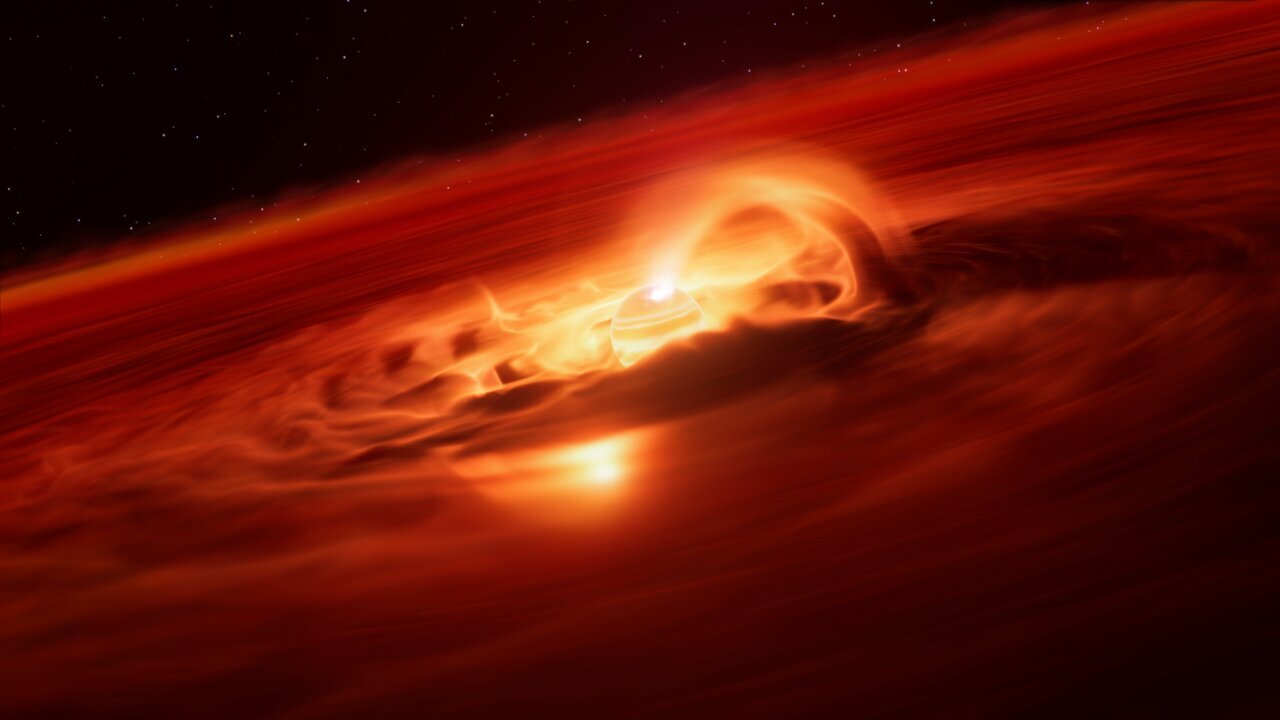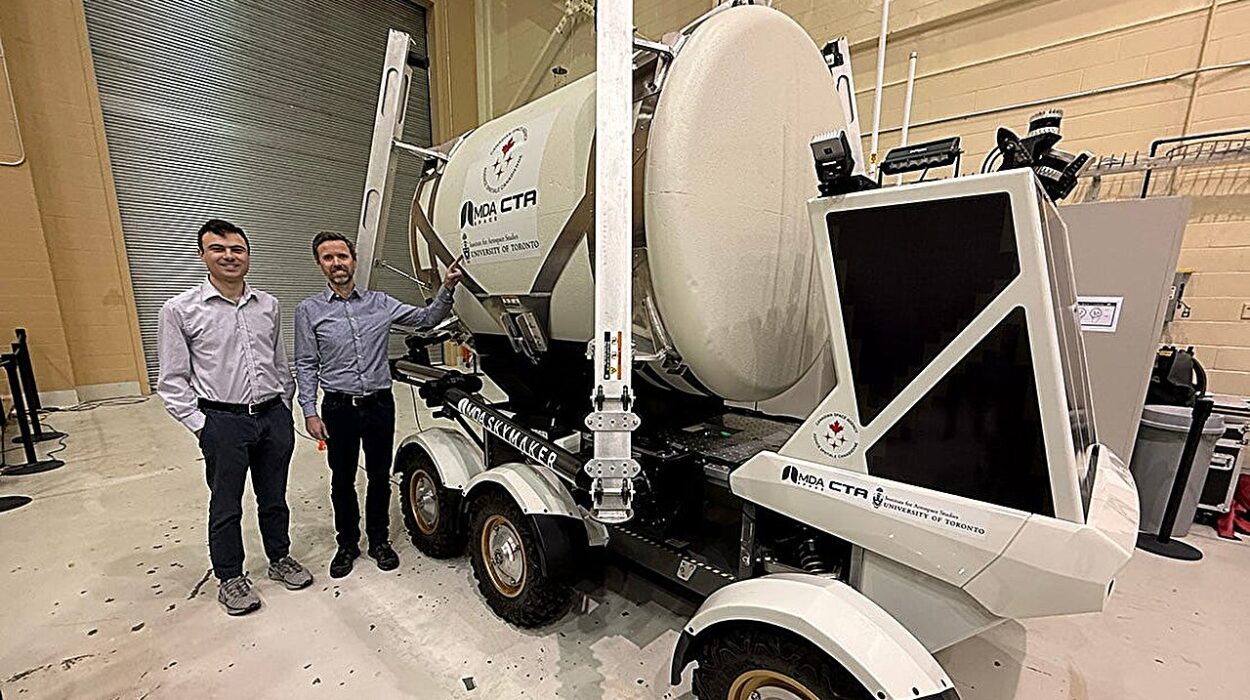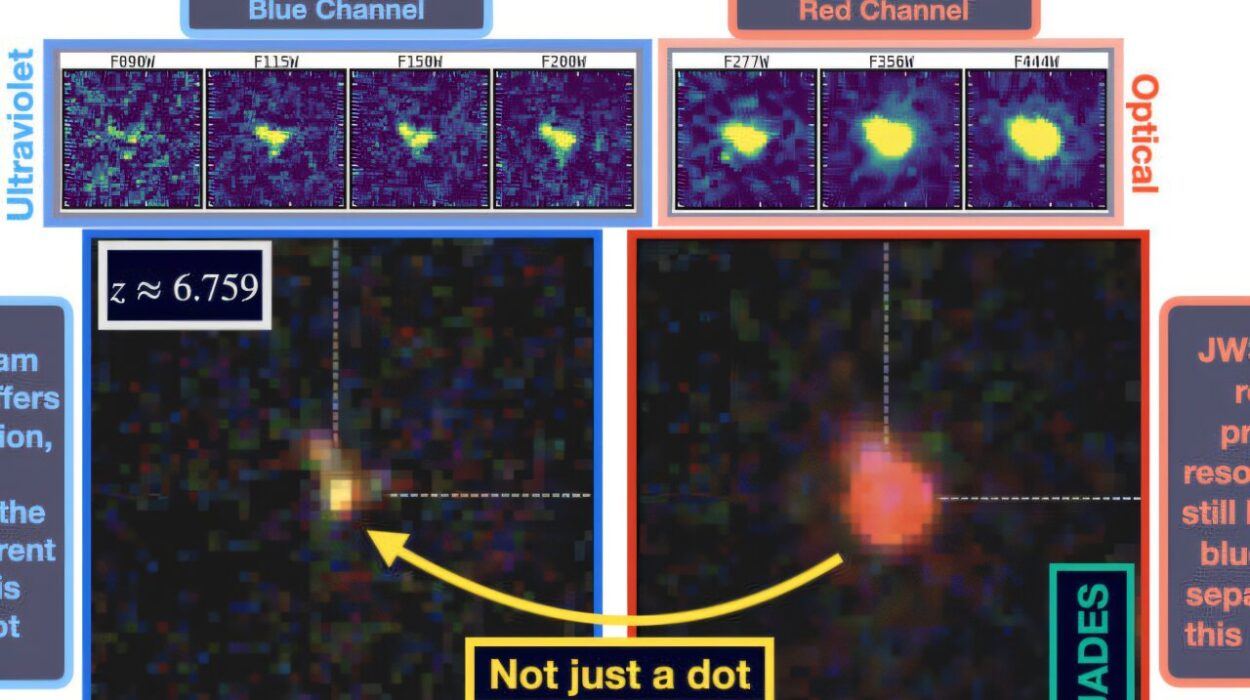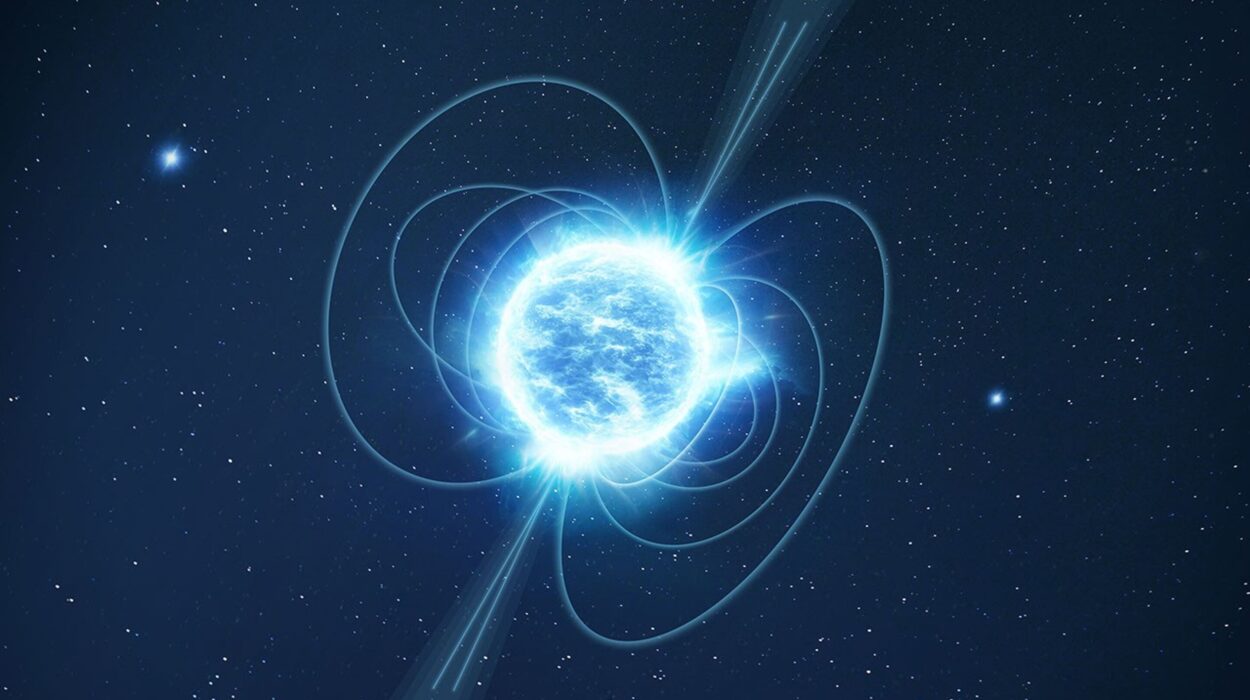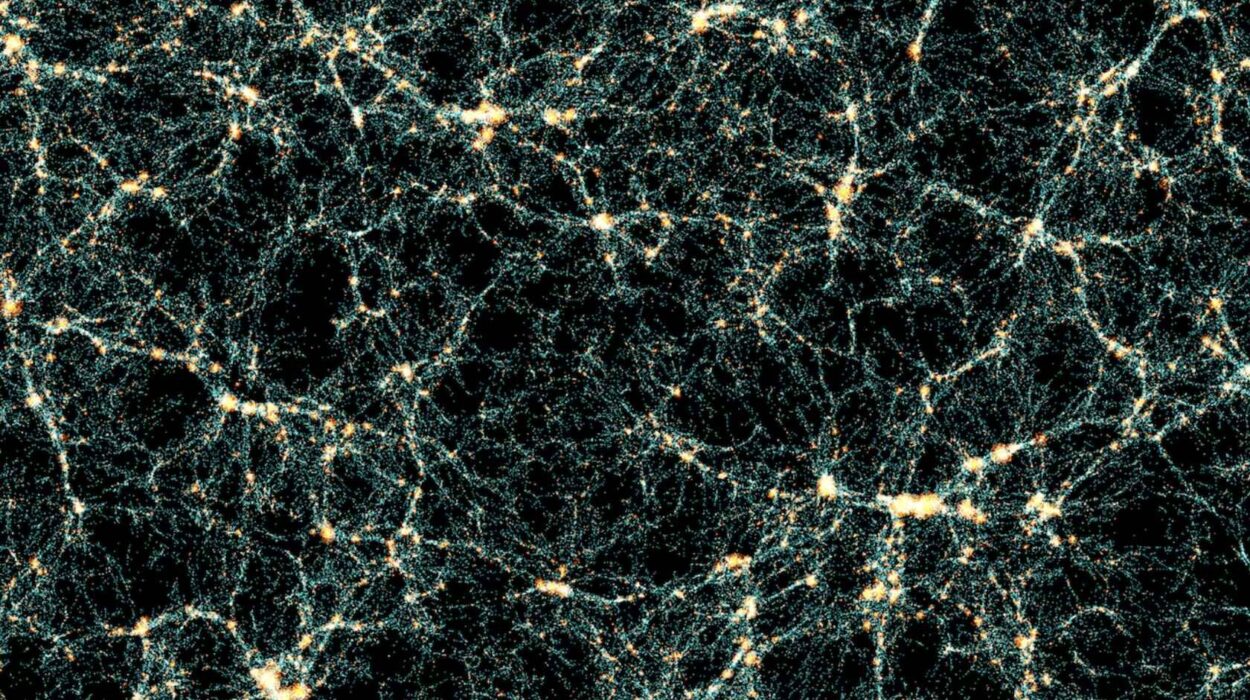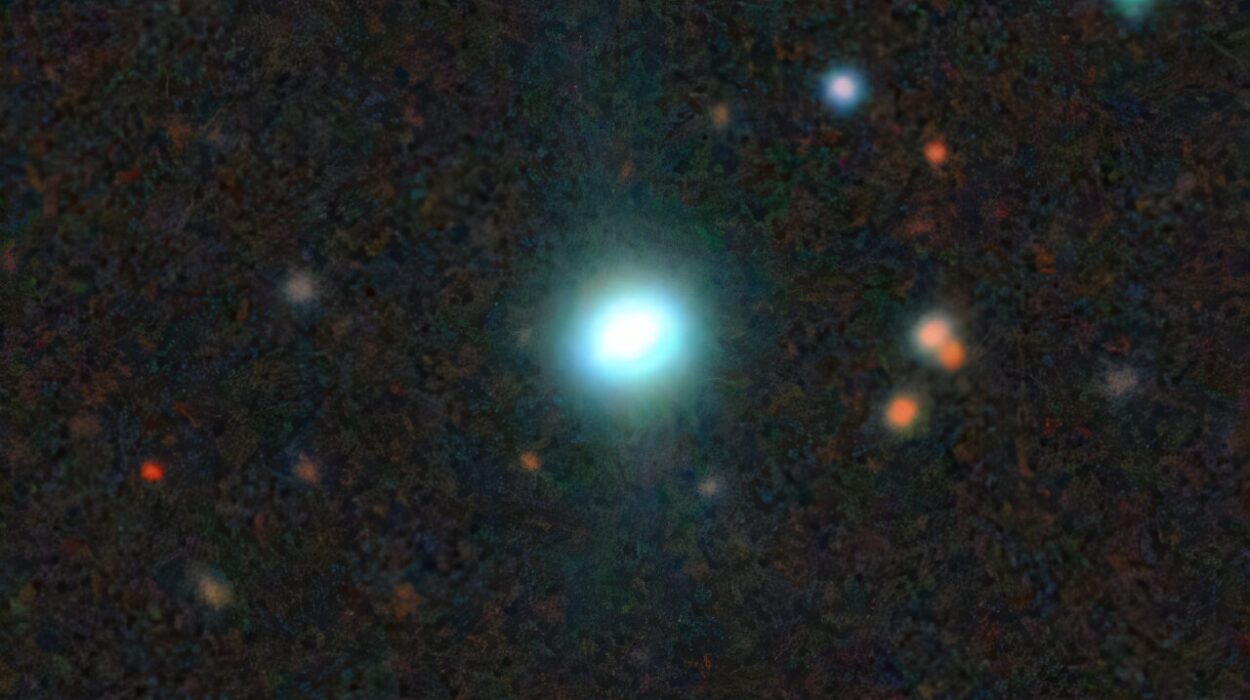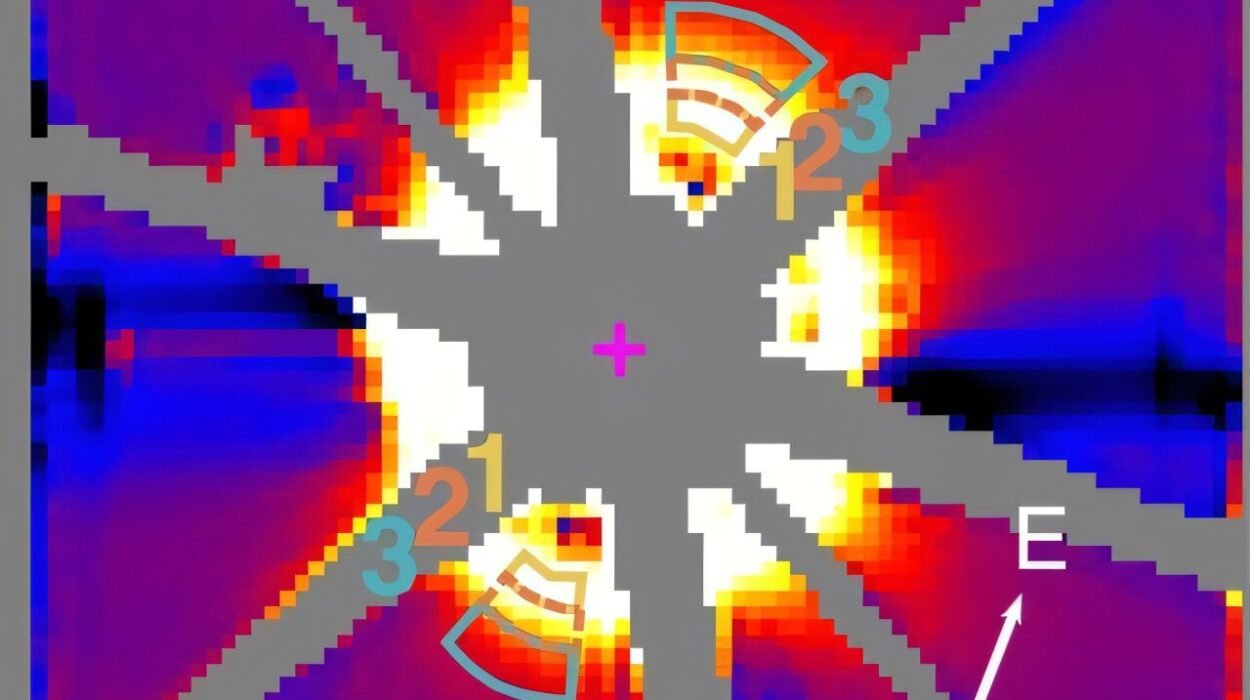When most of us think of planets, we picture them as loyal companions, endlessly circling their parent stars, bound in graceful orbits by gravity’s invisible tether. Earth dances around the Sun, Jupiter guards the outer solar system, and Neptune pulls the strings at the edge of our cosmic neighborhood. But not all planets live such settled lives. Some drift freely through the galaxy, unattached, wandering the darkness between stars. These mysterious worlds are known as rogue planets.
Now, astronomers have uncovered something extraordinary about one such lonely traveler. Far away, in the constellation of Chamaeleon, lies a young planetary-mass object called Cha 1107-7626. Unlike the worlds we know, it does not orbit a star. Instead, it drifts on its own, wrapped in a cocoon of gas and dust. Recently, this object stunned scientists by undergoing a colossal “growth spurt,” devouring matter from its surrounding disk at a rate never before witnessed in a planet.
A Feast Among the Stars
With the help of the European Southern Observatory’s Very Large Telescope in Chile, astronomers detected Cha 1107-7626 swallowing six billion tons of material every second. To grasp the enormity of that number, imagine Earth’s entire population tossing a million skyscrapers into the void each moment—that is the scale of this cosmic feast.
This burst of growth is the most powerful ever recorded for a planet or planetary-mass object. Instead of quietly drifting through space, Cha 1107-7626 revealed itself to be wild, energetic, and star-like in its hunger. Planets, we now see, are not always the calm, stable worlds we imagine. They can flare into violent episodes of growth, reshaping themselves in a matter of months.
Víctor Almendros-Abad, lead author of the new study, captured the thrill of the discovery: “People may think of planets as quiet and stable worlds, but with this discovery we see that planetary-mass objects freely floating in space can be exciting places.”
Between a Star and a Planet
Cha 1107-7626 is no ordinary world. Its mass is estimated to be between five and ten times that of Jupiter, the giant of our solar system. This makes it far larger than Earth or Saturn but still too small to ignite nuclear fusion, the process that powers stars.
And yet, the way it behaves makes astronomers pause. Bursts of accretion—moments when huge amounts of gas and dust rush onto a celestial body—are common in young stars. They are less expected in planets. To find a planetary-mass object showing such star-like behavior blurs the boundaries between categories. Is Cha 1107-7626 truly a planet? Or is it a failed star, a celestial body caught in between?
The truth may be more complex. Rogue planets like this one might form in multiple ways: some born like stars, collapsing from clouds of gas, others ejected from planetary systems after chaotic gravitational encounters. Cha 1107-7626 could be proof that the line dividing planets from stars is not a sharp boundary but a spectrum of possibilities.
A Cosmic Burst Caught in Real Time
What makes this discovery even more remarkable is its timing. In astronomy, change often unfolds across centuries or millennia. But in just a few months, astronomers saw Cha 1107-7626 transform. By August 2025, it was gobbling material eight times faster than earlier in the year. It was as if a quiet ember suddenly flared into a roaring fire.
The team studied this outburst using not only ESO’s VLT but also the James Webb Space Telescope and older data from another VLT instrument. Together, these observations allowed scientists to catch the planet mid-meal, watching its light shift and its chemistry change as the torrent of material cascaded down.
Perhaps the most astonishing detail: water vapor appeared in the disk during the growth burst, only to vanish later. Such behavior has been documented around stars, but never around a planet. Once again, Cha 1107-7626 was behaving in ways that defied expectations.
The Magnetic Heart of a Planet
So what caused this frenzy? The evidence points to magnetism. Bursts of accretion in stars are often driven by magnetic fields funneling gas toward the surface. Until now, no one knew if low-mass objects like planets could muster magnetic forces strong enough to create such violent events.
Cha 1107-7626 suggests they can. This means planets, even those adrift in space, may harbor magnetic engines powerful enough to shape their evolution. That has profound implications not only for rogue planets but for the young worlds that form around stars as well. Magnetic fields may be far more central to planetary growth than once believed.
A Window into Planetary Birth
The discovery of Cha 1107-7626 does more than thrill astronomers with its drama. It provides rare insight into the secret lives of young planets. Normally, planets form hidden within the thick disks of gas and dust around stars. Observing them directly during their earliest growth stages is nearly impossible.
But a rogue planet like Cha 1107-7626, unshielded by a parent star, offers a clear view. It is a natural laboratory where scientists can watch planet formation unfold in real time. The fact that it shares so many behaviors with stars reinforces the idea that the processes governing cosmic birth may be more universal than we thought.
The Road Ahead: A New Era of Discovery
Detecting rogue planets has always been difficult. Without a host star to illuminate them, they are faint and elusive, drifting silently in the interstellar dark. But the future promises sharper eyes. The European Southern Observatory’s upcoming Extremely Large Telescope, with a mirror 39 meters wide, will peer deeper into the universe than ever before. Its instruments may uncover dozens, perhaps hundreds, of rogue planets, allowing astronomers to test whether Cha 1107-7626 is an oddball or part of a broader cosmic family.
As ESO astronomer Amelia Bayo put it, “The idea that a planetary object can behave like a star is awe-inspiring and invites us to wonder what worlds beyond our own could be like during their nascent stages.”
What It Means for Us
Why should we care about a lonely planet 620 light-years away? Because discoveries like this reshape our sense of what is possible. For centuries, we drew neat boxes around celestial objects: stars here, planets there. But the universe resists such tidy labels. Cha 1107-7626 reminds us that nature is more fluid, more surprising, more wondrous than our definitions allow.
It also deepens our connection to the cosmos. In watching a rogue planet gorge itself on the building blocks of creation, we glimpse the raw forces that once shaped our own Earth. The dust and gas swirling around Cha 1107-7626 echo the material that once coalesced into the worlds of our solar system. To study it is, in a sense, to look back on our own origins.
A Universe Full of Surprises
The story of Cha 1107-7626 is not finished. Like all young planets, it will continue to evolve, perhaps calming into stability, perhaps bursting into more storms of growth. For now, it offers us a dazzling reminder of the dynamism of the universe. Planets are not silent rocks adrift in space—they are living processes, shaped by fire, dust, and magnetic forces as old as time itself.
In every corner of the cosmos, from blazing stars to hidden rogue planets, the universe is restless, creative, alive. Each new discovery is a window into its endless imagination. And as we gaze outward, we find ourselves drawn inward, reminded that our own story is part of this greater cosmic drama.
In the end, Cha 1107-7626 is more than a rogue planet. It is a symbol of the universe’s refusal to sit still, a beacon of wonder reminding us that the cosmos always has another surprise waiting in the dark.
More information: Discovery of an Accretion Burst in a Free-Floating Planetary-Mass Object The Astrophysical Journal Letters (2025). DOI: 10.3847/2041-8213/ae09a8
